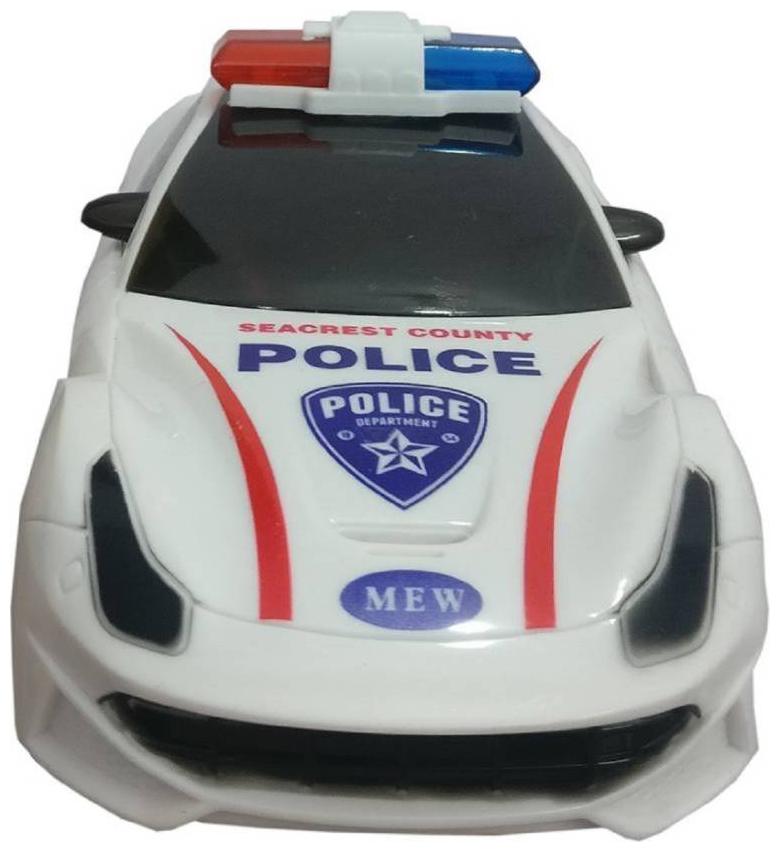Ad Blocker Detected
Our website is made possible by displaying online advertisements to our visitors. Please consider supporting us by disabling your ad blocker.
 If you’re a child and you have a desire to own a model or toy car, then you are certainly not alone. Thousands of people all over the world are fascinated by these little cars. Model and toy cars are both miniature replicas of actual automobiles and other motor vehicles. Model and toy cars have become a popular pastime for both children and adults alike and good reason. This article will provide you with some tips to get started.
If you’re a child and you have a desire to own a model or toy car, then you are certainly not alone. Thousands of people all over the world are fascinated by these little cars. Model and toy cars are both miniature replicas of actual automobiles and other motor vehicles. Model and toy cars have become a popular pastime for both children and adults alike and good reason. This article will provide you with some tips to get started.
Toy cars are fun for children, as they can play with them to understand how they work. They can learn about weight, pressure, and strength by playing with these toys. Several toys in the game have a corresponding theme, and a ToyCar is one of them. Kids can use it to practice basic math skills while playing. These toys can also promote STEM education. Whether your child wants to learn more about science or technology, there’s a ToyCar to meet their needs.
Several models are available, and they can be used to teach various concepts. For example, in elementary school, a toy car can teach children about energy transfer. When a child learns about energy transfer, he will have an easier time using a pencil or a bead necklace. Additionally, remote-control cars will enhance hand-eye coordination and dexterity. Learning and understanding are built through play. Children learn best when they experience situations for themselves, and a ToyCar can help them develop this understanding.
A propeller car is a classic example of cause and effect. A propeller car will move faster on a smooth surface and with more twists of its rubber band. The same idea applies to a car that propels itself up a steep ramp. A propeller car’s propulsion is a precursor to the concept of adding forces. However, the propeller car also needs a ramp to gain momentum. Ultimately, propeller cars are fun and educational for children of all ages.
A radio-controlled toy car can teach children about friction. By using a propeller and an electric motor, the ToyCar can help children learn how to define the concept of friction. This definition will be useful when the child is learning about physics and how to improve the car’s performance. Carolyn will show students how to describe friction by comparing the car’s speed to a smooth surface. When students have achieved this, they will be able to apply this concept to the real thing.
When choosing a remote control for a toy car, remember that its distance from the transmitter must be within seven meters. Once it reaches a distance, the ToyCar will stop moving. To further increase the distance, simply press the transmitter switch. For the remote to work, the IR-LED needs to point toward the IR sensor. To control a toy car, the transmitter must be pointed toward the IR sensor to work properly.
Creating a ToyCar is a fun activity for both children and adults. By using simple materials found in your home, making your car is a cost-effective way to buy a toy car. You can also use items like bottle caps and toothpicks as axles. Incorporating these items into your ToyCar will save you a lot of money. You can even save the bottle caps for later use and reuse them for other projects.
The development of the toy car industry has been influenced by many factors. First of all, the development of toy cars has benefited from market forces. In the 1920s, for example, the French automobile manufacturer Citroen introduced a line of diecast models that featured a 1932 Graham. These early models were not meant to be toys, but rather promotional models. These cars were often in 3/8 scale and packaged with the company’s brand name.
The development of the model car industry was largely facilitated by the introduction of electric model cars in the 1950s. Until the 1960s, model cars were mostly spring powered. Later, companies like Matchbox and Corgi began making electric models and producing exclusive limited editions. Nowadays, this hobby has led to the creation of a huge premium market. There are now many hobbyists around the world who collect these toys, including celebrities and sports enthusiasts.
There are numerous manufacturers of premium models. Some of these models are based on authentic diecast metal models. Other companies produce plastic promotional models. Some of these are made in different countries, including Australia, Germany, Japan, Argentina, and South Africa. Some of the most popular brands are Brooklin Models, Tekno, and Conrad. These companies all produce model kits with high-quality detail. Many of them have multiple variations. The price varies, so it’s essential to check the manufacturer before buying one.


